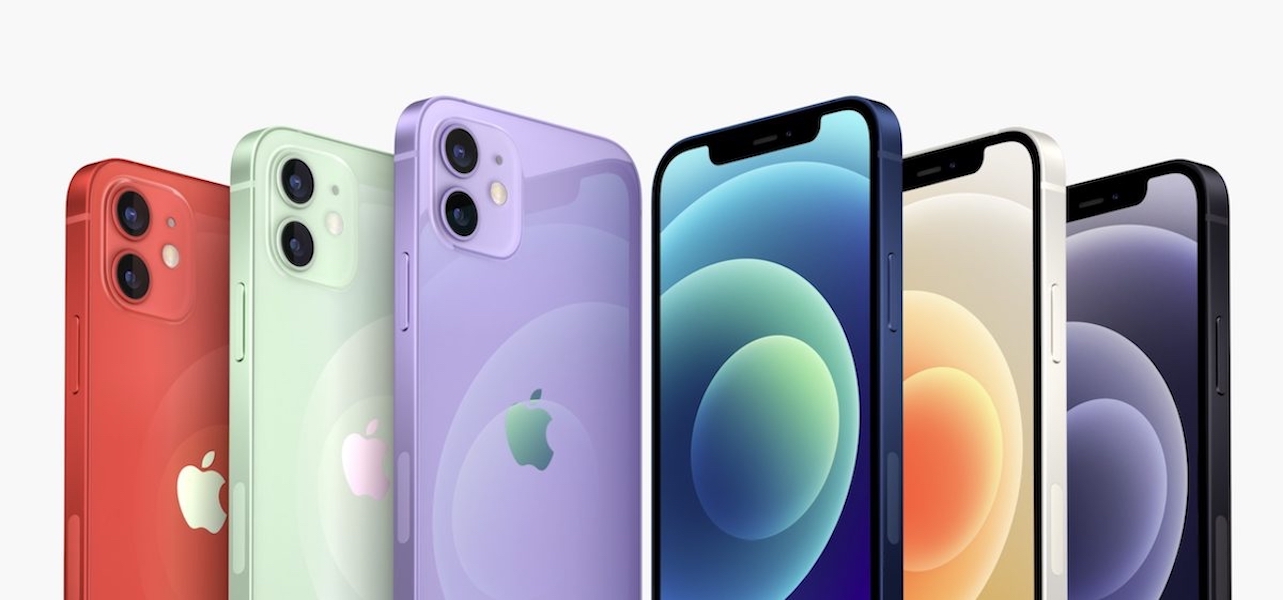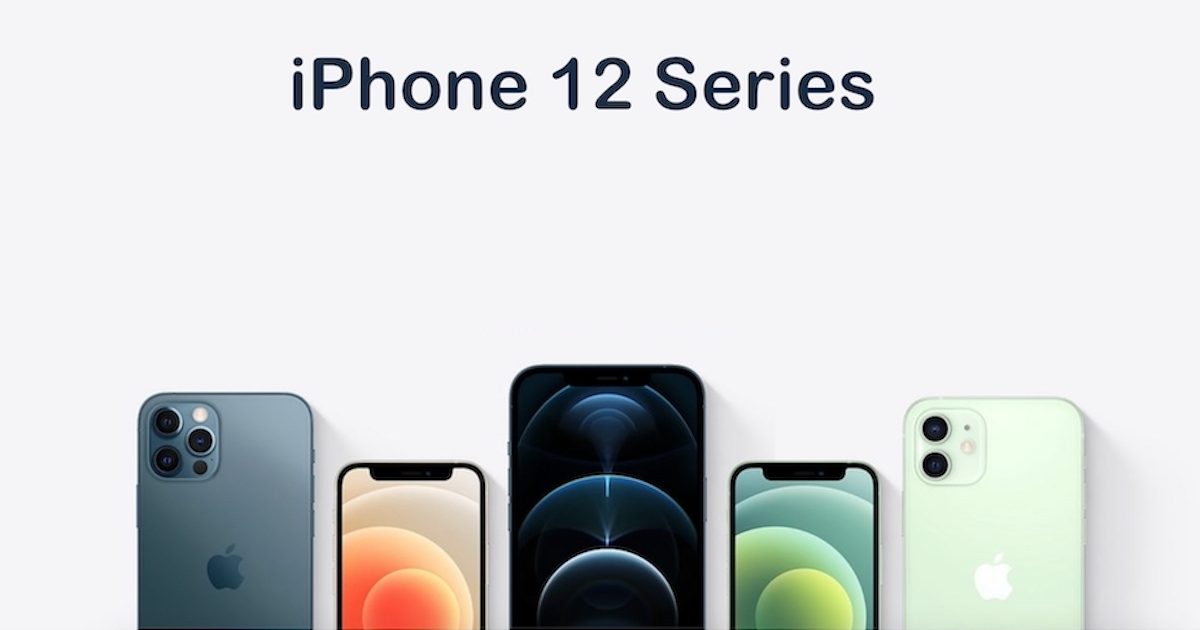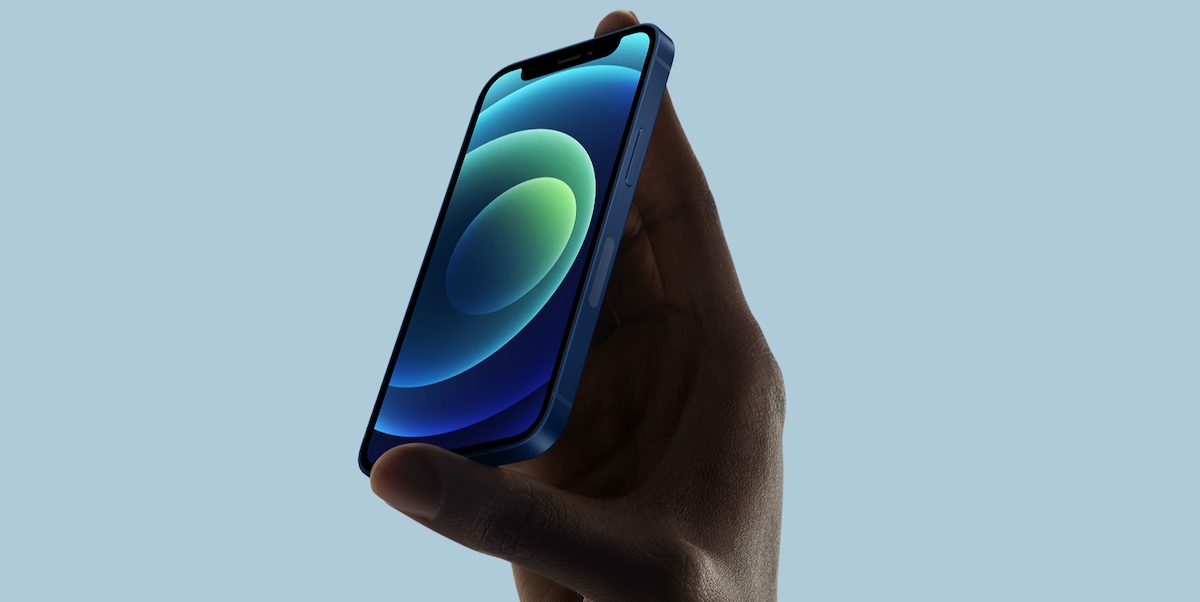Apple has recently seeded the third developer beta of iOS 17.1 to developers and beta testers. The tech giant has also addressed a concern with iPhone 12 radiation in the update found by French regulators.
Although Apple states that iPhone 12 is safe to use, the upcoming iOS 17.1 update for France will limit iPhone 12 radiation in compliance with the country’s testing protocols.
French regulatory authority, France’s Agence Française Nationale des Fréquences (“ANFR”) released a statement on September 12 that iPhone 12 exceeded Specific Absorption Rate (“SAR”) limits and was unsafe to use. Although Apple discontinued the iPhone 12 models when it introduced the iPhone 15, ANFR threatened to recall all iPhone 12 models sold in France.

iOS 17.1 will reduce iPhone 12 power when off-body on a static surface in France
Apple details that the iOS 17.1 update for France will reduce the power of the iPhone 12 when the smartphone is off-body on a static surface.
The tech giant also clarified that the change is introduced to comply with French-specific test protocol and not because the iPhone 12 is unsafe.

Is iPhone 12 unsafe to use?
In a dedicated support document, Apple explained that all iPhones have an off-body detection feature that enables the smartphone to transmit slightly higher power when it is placed down on a surface and is not in use.
The feature is tested and verified mechanism to comply with SAR requirements. As the phone is on the table and not on the user’s body, the higher radiation is not applicable to SAR compliance. However, ANFR’s testing did not take iPhone 12’s off-body detection feature into account and ruled it was unsafe.
Apple categorically states that the iPhone 12 is safe to use and always has been.
“It is important for all iPhone 12 users in France and around the world to know that iPhone 12 is safe to use and always has been.”

Should iPhone 12 users stop using the phone before iOS 17.1 is released?
ANFR has approved the iOS 17.1 update which will disable the off-body detection feature in iPhone 12 and stop it from transmitting slightly higher power when placed on a static surface.
But it does not mean, that the iPhone is unsafe to use currently because it does not emit higher radiation when it is in use.
All phones are required to meet accepted energy transmission standards for health and safety, and all iPhone models meet these standards.
iPhone has sensors that can detect when it is sitting on a static surface, like a table, as opposed to being held in the hand or placed in a pocket. This off-body detection mechanism allows the device to increase transmit power slightly in off-body scenarios to optimize performance.
The specific test protocol used by ANFR requires that devices meet the on-body SAR limits, even when the device is tested off-body on a static surface. This decision is not consistent with international standards, which allow for independent testing of power control mechanisms that may not be activated during standard SAR tests.